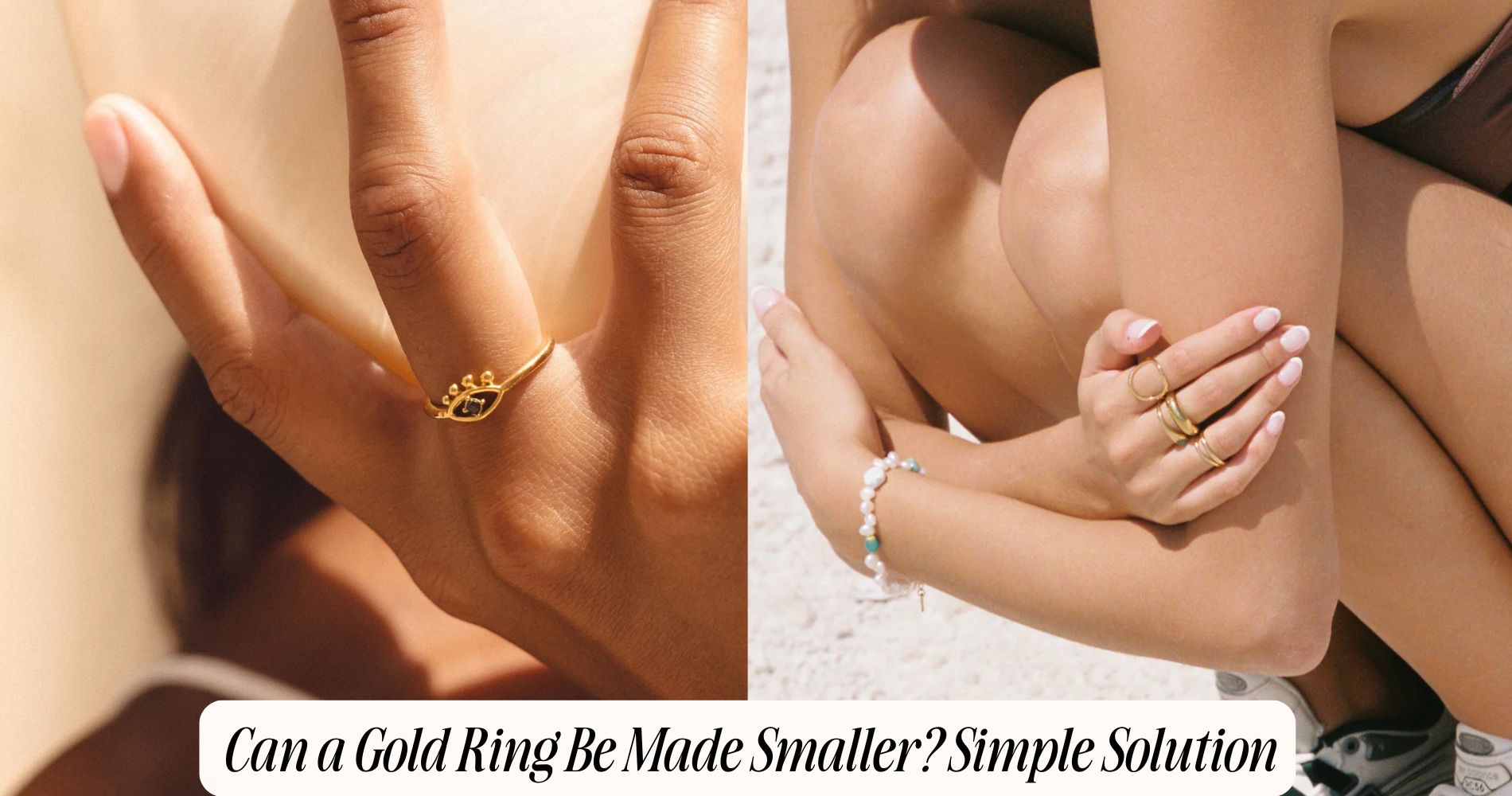
Can a Gold Ring Be Made Smaller? Simple Solution
Wondering can a gold ring be made smaller? The answer is yes—with expert craftsmanship, jewelers can carefully cut and solder the band to maintain both strength and beauty. Using precise tools like mandrels, soldering equipment, and polishing machines, they ensure a flawless finish. While simple designs are easier to resize, intricate styles may require extra care. For comfort and flexibility, non-permanent options like ring guards or sizing beads are also available. Discover more about achieving the perfect fit with our Hypoallergenic Rings.
Understanding the Need for Resizing
Understanding the need for resizing a gold ring is important when it no longer fits properly due to weight fluctuations, temperature changes, or inaccurate initial sizing. You must assess the resizing necessity with precision, considering how changes like finger swelling or weight loss impact fit.
A professional jeweler evaluates the ring’s structural integrity, particularly the band thickness and gemstone settings, to determine if resizing is feasible. Personal preferences also play a significant role; some might prioritize comfort, while others focus on aesthetic appeal.
It's essential to balance functionality and sentimentality when deciding to resize. Always consult a certified jeweler to guarantee the alteration maintains the ring's original craftsmanship and integrity, adhering to industry standards and maximizing the ring's longevity.
The Resizing Process Explained
When a gold ring is too large, the resizing process involves precise techniques to confirm a proper fit while maintaining the ring's integrity. Resizing techniques vary depending on the ring materials involved.
For gold rings, jewelers often cut the band, remove a section, and expertly solder the ends back together. This confirms the ring's seamless appearance and structural strength. Gold alloys, like 14K or 18K, require specific temperature controls during soldering to avoid discoloration or weakening.
Precision is critical; any miscalculation can compromise the ring's durability and aesthetic. After resizing, polishing restores the ring’s finish, and quality checks confirm no visible seams or imperfections.
Mastering these techniques protects your investment while delivering a ring that fits perfectly and endures daily wear.
Tools and Techniques Used by Jewelers
Precise craftsmanship in resizing a gold ring demands specialized tools and techniques. To achieve a flawless finish, jewelers employ sizing tools like mandrels and ring sizers, ensuring accurate adjustments.
You’ll find that these instruments allow for precise measurement and reshaping of the gold band, maintaining its integrity. When reducing the size, a jeweler expertly removes a section of the band, then uses heating techniques to anneal the metal.
This delicate process involves carefully heating the gold to make it malleable without compromising its structure. Mastery in soldering follows, where the jeweler seamlessly reconnects the band using high-quality solder.
Finally, polishing and finishing tools restore the ring’s original luster. Each step requires meticulous attention to detail, ensuring the ring fits perfectly.
Types of Gold Rings Suitable for Resizing
While not every gold ring is suitable for resizing, many are well-suited to the process due to their composition and design features.
To guarantee ideal results, focus on gold styles with robust ring materials. Rings crafted from solid gold alloys—such as 14k or 18k gold—offer durability and flexibility for resizing.
These alloys balance gold's malleability with added strength from mixed metals, allowing jewelers to safely adjust size without compromising integrity.
Simpler designs, like plain bands or those with minimal embellishments, facilitate precise resizing. Avoid intricate patterns or complex settings, as they may limit the resizing process.
Always consider the ring’s shank thickness, as thicker bands provide more material for adjustment, guaranteeing a seamless and professional resizing outcome.
Factors Affecting the Resizing Outcome
Resizing a gold ring successfully hinges on several vital factors that can influence the final outcome.
First, the ring's design and complexity serve as primary impact factors. Intricate patterns or engravings may impose resizing limitations, complicating the adjustment process.
The gold alloy's karat rating also plays a significant role; higher karat gold, being softer, may present challenges in maintaining structural integrity.
Additionally, gemstone settings can be pivotal impact factors. Tension-set stones or channel settings often demand meticulous attention to avoid loosening or damage during resizing.
Finally, the ring's initial size versus the desired size change can determine feasibility. Drastic reductions might strain the metal's durability, making minor resizing preferable.
These considerations guarantee the ring's aesthetic and structural quality post-resizing.
Common Challenges in Ring Resizing
Understanding the intricacies of resizing a gold ring involves recognizing the common challenges that jewelers face. Achieving the desired ring size requires precision and skill, as certain resizing methods might compromise the ring's structural integrity.
When reducing ring size, jewelers must carefully remove metal, ensuring seamless joins to maintain aesthetic appeal. However, intricate designs or settings can complicate this process, risking damage to gemstones or delicate metalwork.
Additionally, resizing methods vary for different metals; gold alloys can react differently, necessitating specialized techniques.
Jewelers must also consider the ring's original condition, as older or worn rings may present additional challenges. Accurate measurements are essential to avoid repeated alterations, which could weaken the ring.
Always approach resizing with a balance of technical proficiency and artistic finesse.
Importance of Professional Jewelry Services
When it comes to resizing a gold ring, the importance of professional jewelry services can't be overstated. Only a skilled jeweler can accurately assess the structural integrity and value through a meticulous jewelry appraisal.
They guarantee the resizing process doesn't compromise the ring's craftsmanship or material quality. Using precision tools, professionals maintain the ring's original aesthetic, achieving flawless design customization tailored to your specifications.
They consider factors like gemstone alignment and metal thickness, guaranteeing the final product mirrors the original design. Attempting to resize a ring yourself or using untrained services risks damaging the piece or diminishing its value.
Trusting a trained jeweler ensures that your gold ring's alteration retains its beauty and worth without compromising quality or safety.
Differences Between Sizing Down and Sizing Up
While both sizing down and sizing up a gold ring involve altering its circumference, the techniques and challenges differ considerably.
Sizing down typically requires removing a segment of the band and soldering the ends together, guaranteeing a seamless finish. This method offers more control but demands precision to avoid altering the ring’s symmetry.
Conversely, sizing up involves stretching the metal or inserting additional gold, which can introduce resizing limitations. Stretching is viable only for minor adjustments, as excessive force can weaken the metal. Inserting gold requires intricate craftsmanship to maintain structural integrity and aesthetic continuity.
Each sizing method presents unique challenges; understanding these differences guarantees ideal results tailored to the ring’s design and material composition.
How to Maintain Your Resized Gold Ring
After successfully resizing your gold ring, safeguarding its quality and longevity becomes a priority. Implementing precise ring care techniques is vital.
First, avoid exposing your ring to harsh chemicals or abrasive surfaces, which can compromise its integrity. Regularly clean your ring using a mild soap solution and a soft cloth to maintain its luster.
Moreover, consider annual professional inspections. A jeweler can assess the ring's structural integrity, verifying that the resizing hasn't weakened any solder joints.
Proper storage is essential; keep your ring in a fabric-lined jewelry box to prevent scratches.
Additionally, be mindful of resizing tips: avoid frequent resizing, which can weaken the band over time.
Alternative Solutions for Ring Fit Adjustment
Curious about alternatives to traditional ring resizing? Consider using ring guards or sizing beads as effective, non-permanent solutions for ring fit adjustment.
Ring guards, typically made from metal or plastic, slip onto the ring's shank to reduce its diameter, providing a snug fit without altering the original structure. They're perfect if you want to maintain the ring's integrity while achieving a secure fit.
Sizing beads offer another precise adjustment method. Jewelers solder two small metal beads inside the ring's band. These beads gently press against your finger, ensuring a comfortable, customized fit.
Ideal for those experiencing fluctuating finger sizes, sizing beads maintain aesthetic appeal while enhancing comfort. Both solutions provide precision without committing to permanent alterations, preserving your jewelry's original design.
Frequently Asked Questions
Can Resizing Affect the Ring's Warranty or Insurance?
Yes, resizing can impact your ring's warranty and insurance. Verify warranty implications, as some agreements void after modifications. For insurance considerations, notify your provider about alterations to guarantee coverage adjustments reflect the ring's new specifications.
How Long Does a Typical Resizing Process Take?
A typical resizing process generally takes 1-2 weeks, depending on the jeweler's workload and complexity. Opt for professional services to guarantee precision and craftsmanship. Verify the resizing timeline with the jeweler to manage expectations efficiently.
Are There Any Signs of a Poorly Resized Ring?
Yes, you can identify a poorly resized ring by checking for visible seams and signs of poor craftsmanship. Look for uneven band thickness, misaligned stones, or rough edges, indicating inadequate attention to detail in resizing.
Can Resizing a Ring Cause Skin Irritation?
Yes, resizing a ring can cause skin irritation if you have metal allergies. When a jeweler alters the ring, exposure to additional metals can trigger allergic reactions or irritation, leading to discomfort on your skin.
Is It Possible to Resize a Ring at Home?
Yes, you can resize a ring at home using DIY ring adjustments. Employ ring resizing methods like using a ring adjuster insert or sizing beads. However, for precision and integrity, professional resizing is often recommended.
Conclusion
In resizing a gold ring, understanding the intricacies is essential for ideal results. Jewelers employ specialized tools and techniques, ensuring the integrity of the metal and any embedded gemstones. Sizing down typically involves removing a section of the band, while sizing up may require adding gold. Always consult professional services to avoid compromising the ring's structure. Proper maintenance post-resizing, including regular cleaning and inspections, will preserve your ring's appearance and fit, ensuring long-term satisfaction.







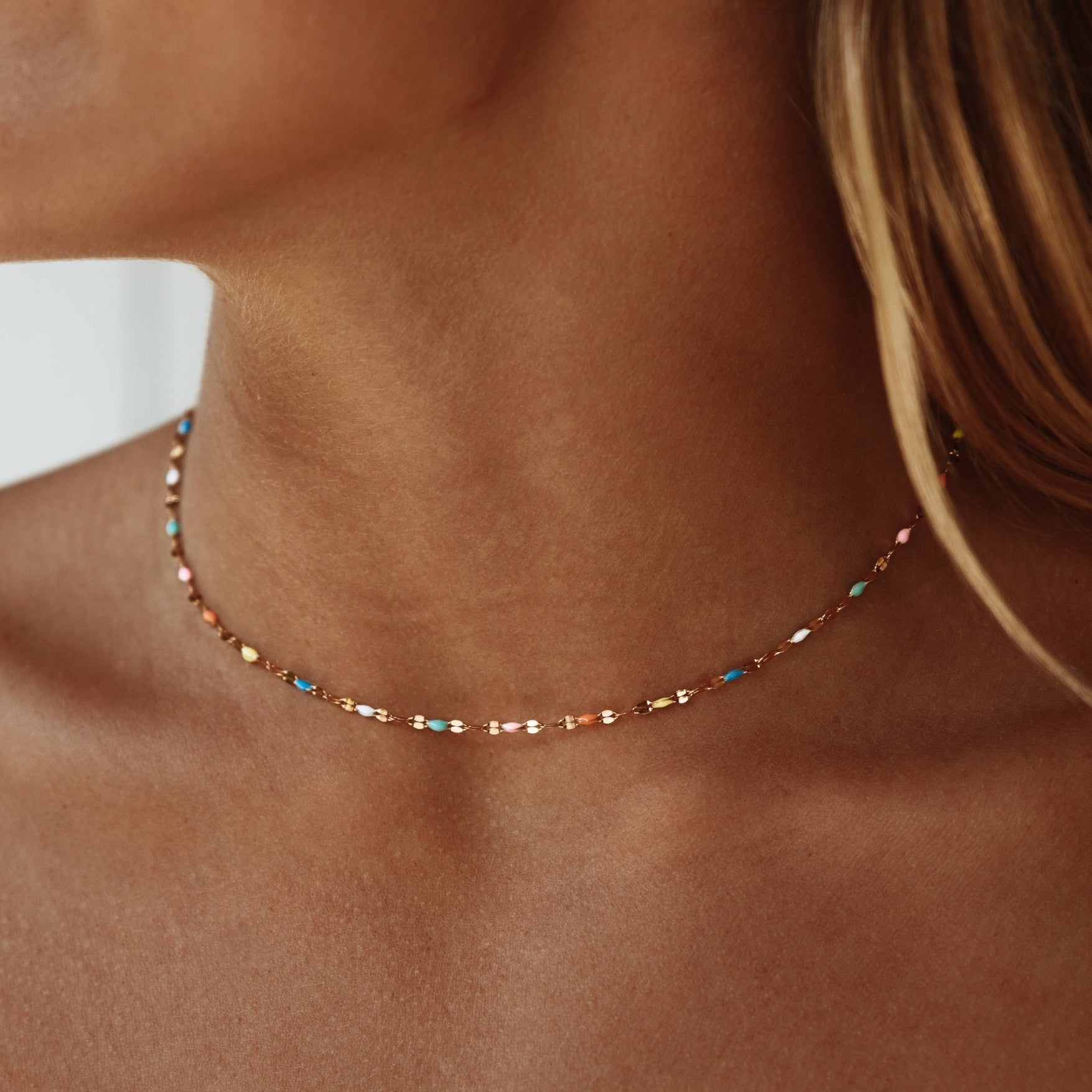
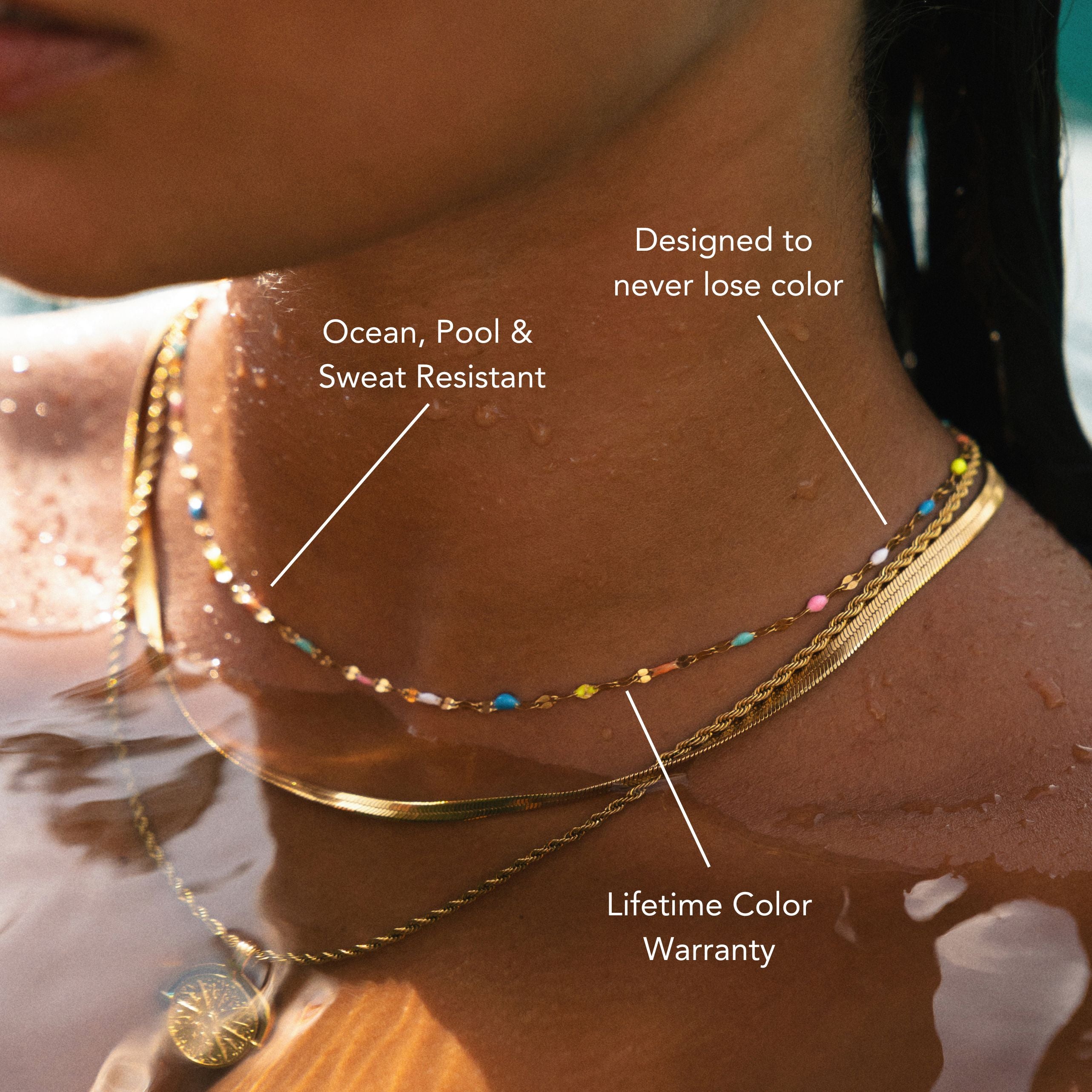
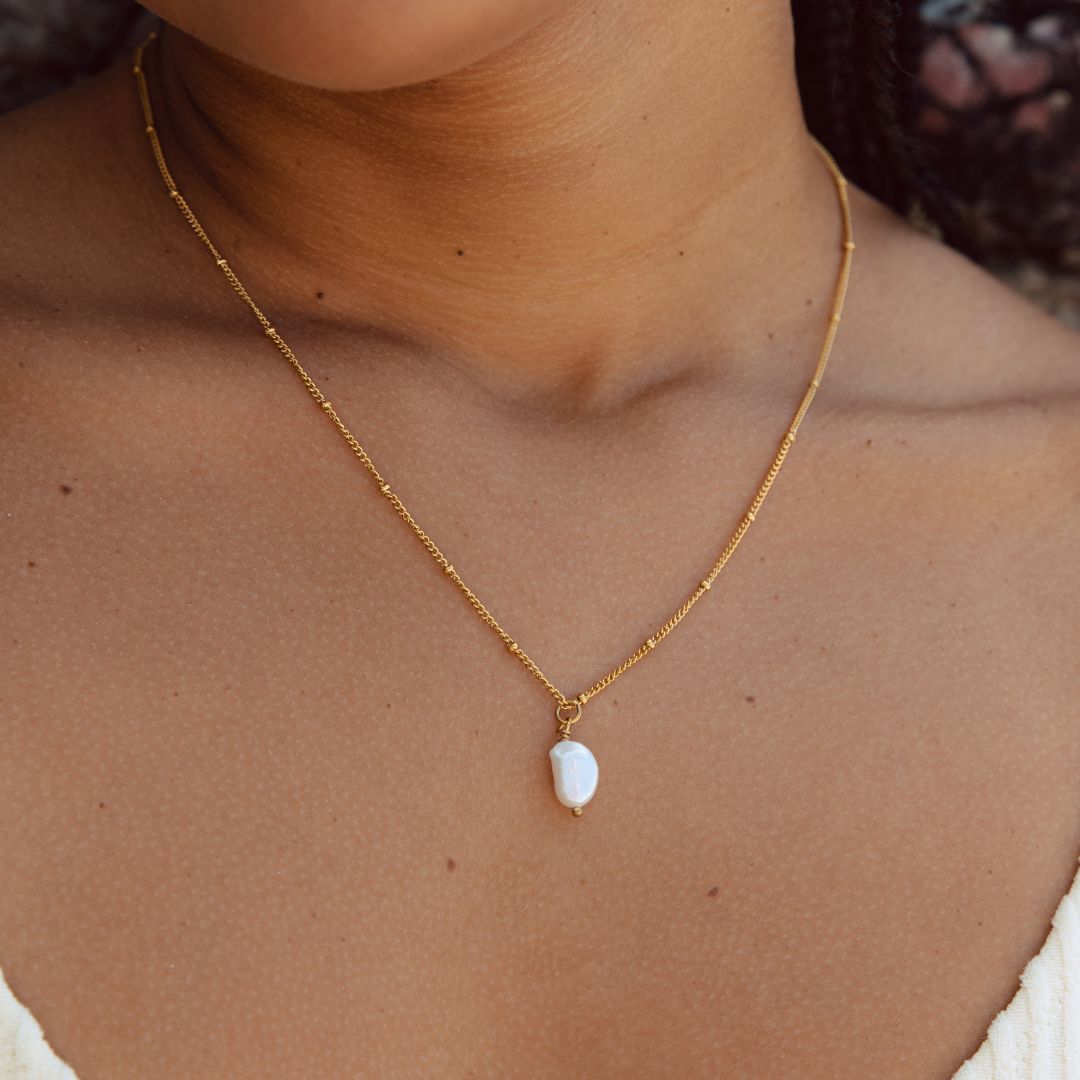

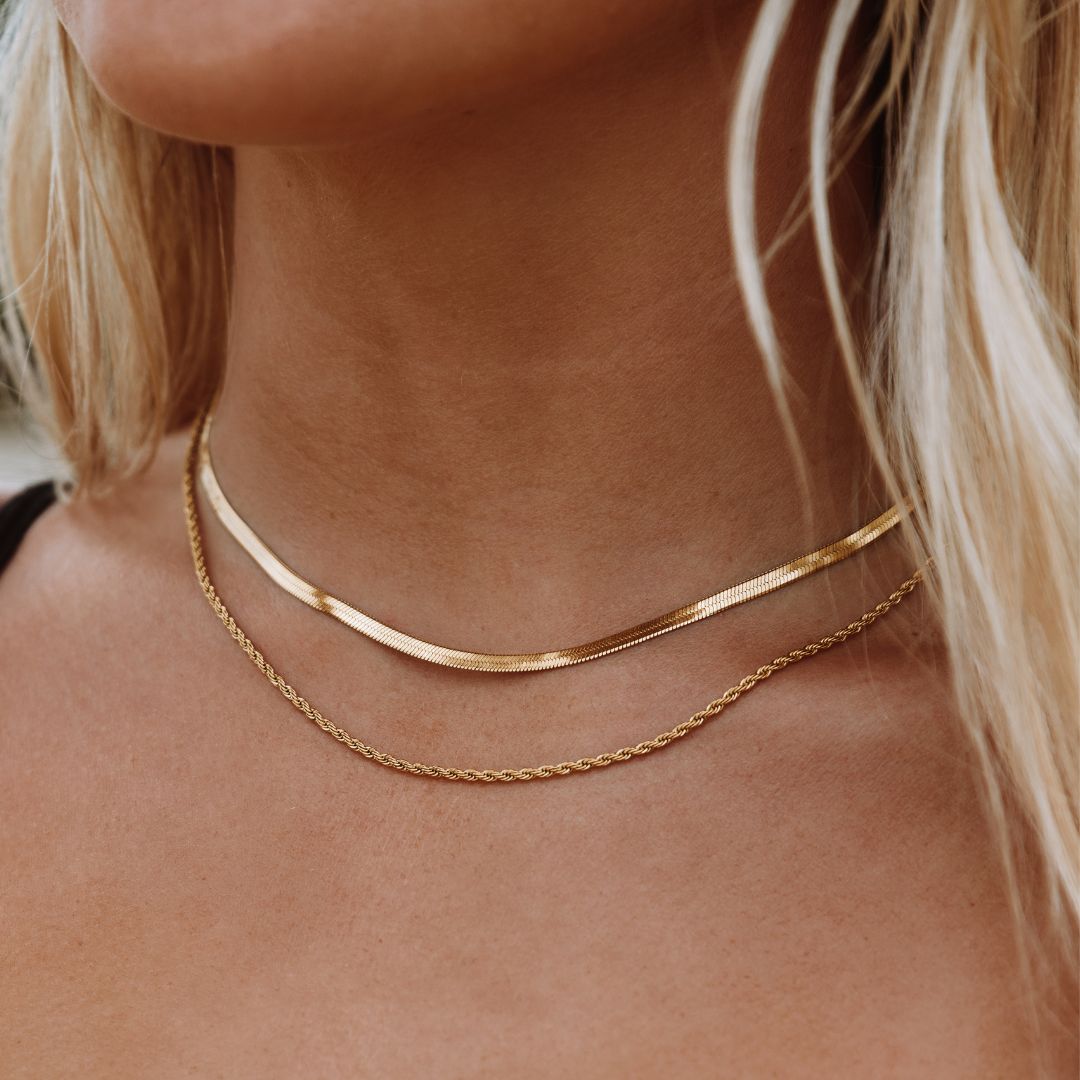
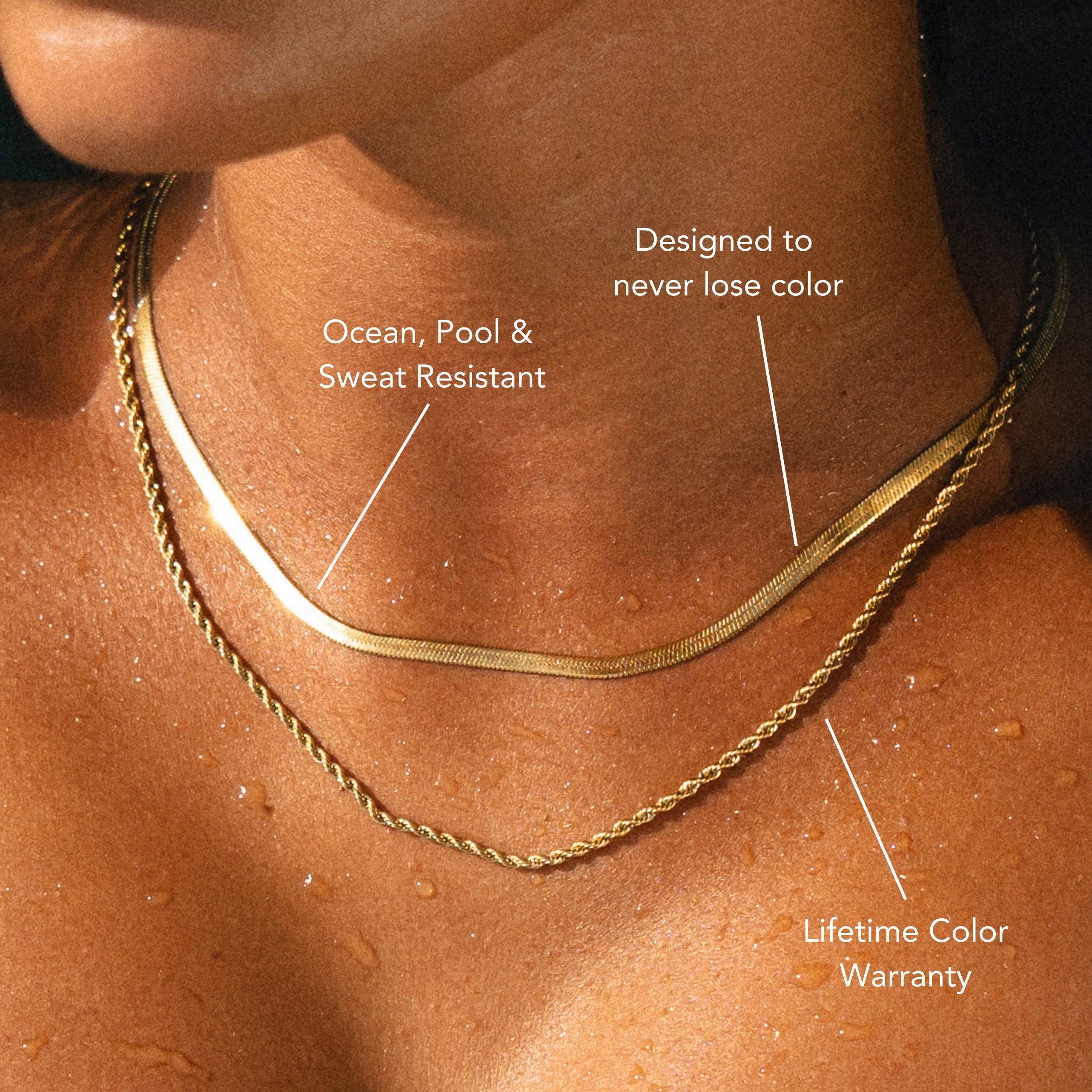
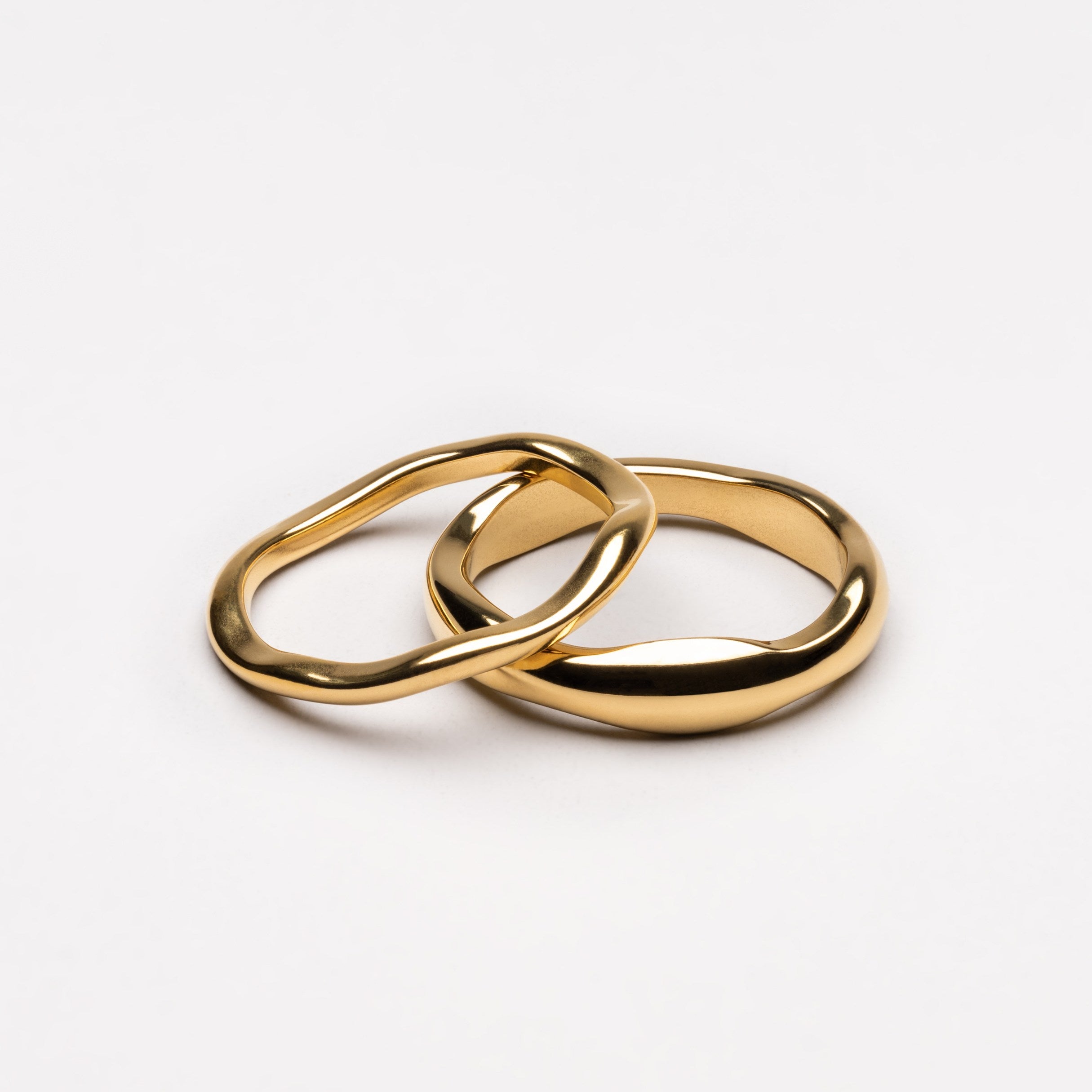

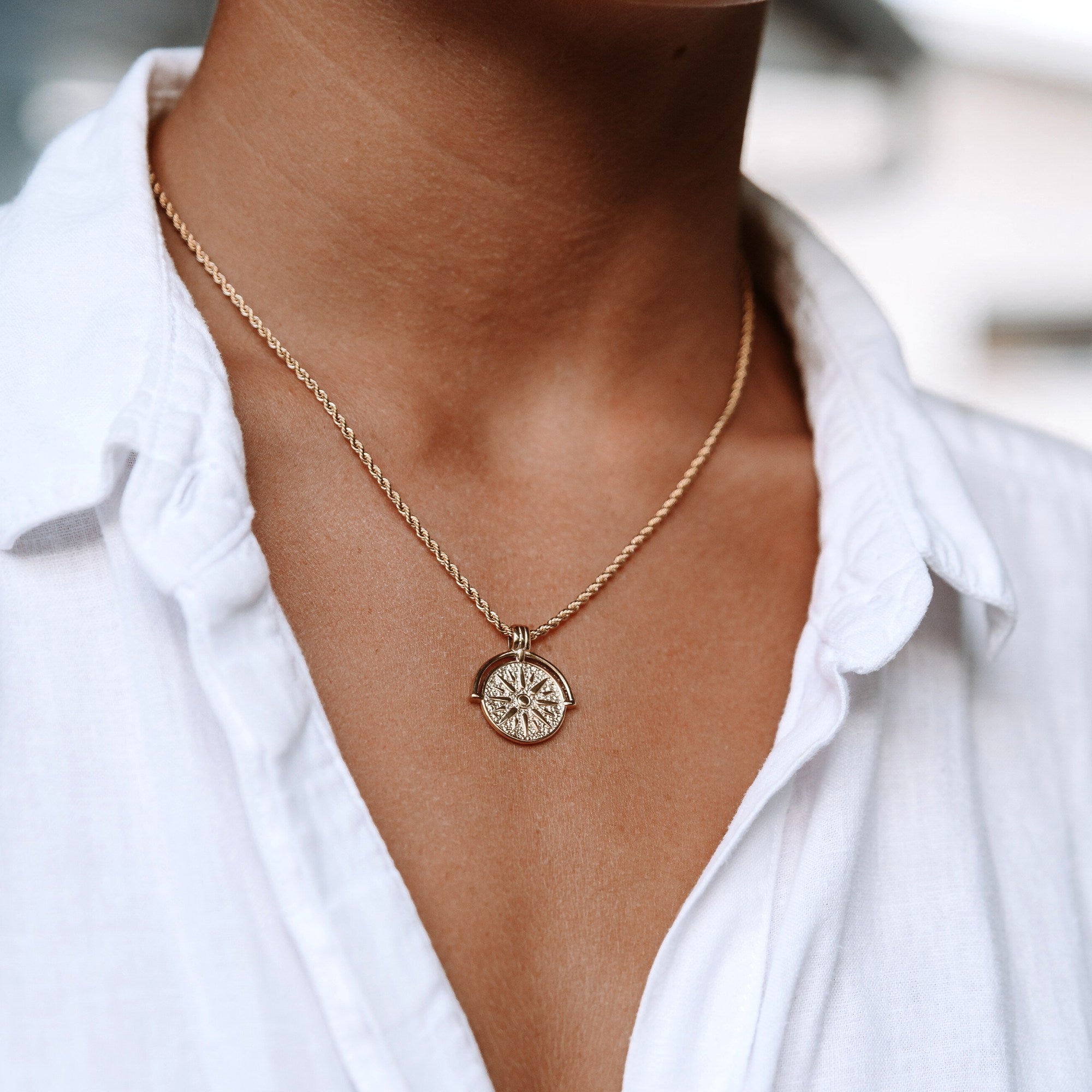
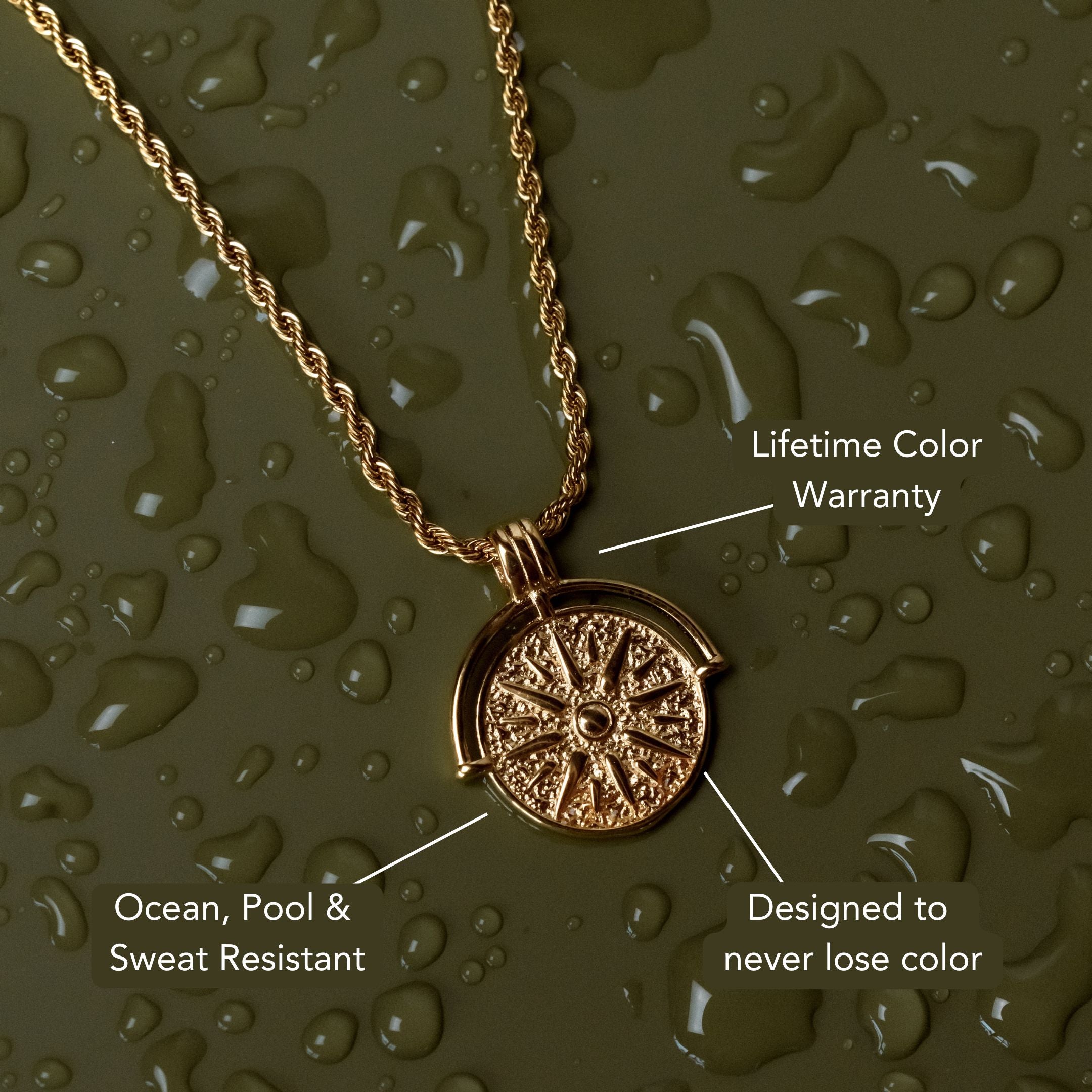
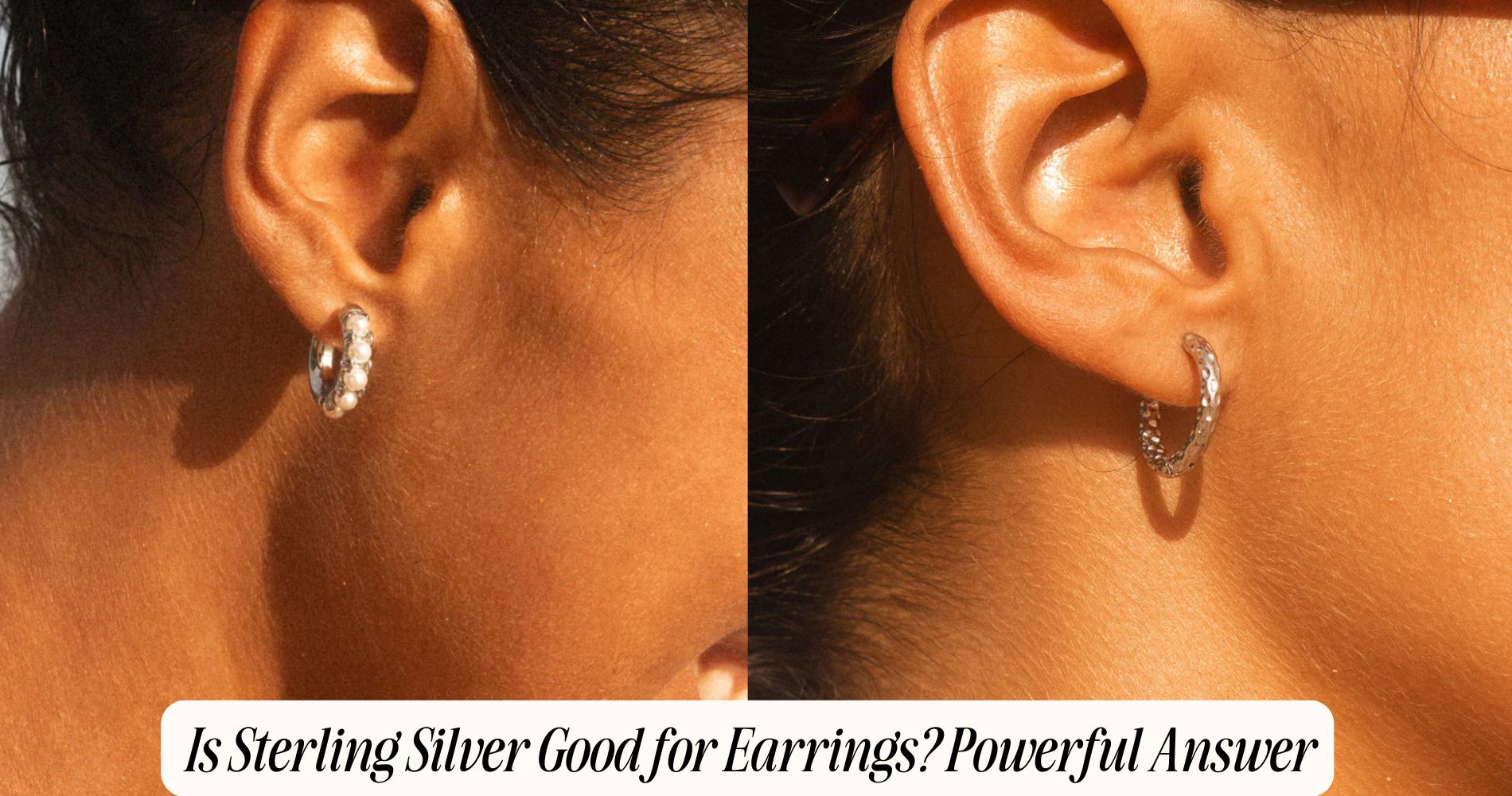
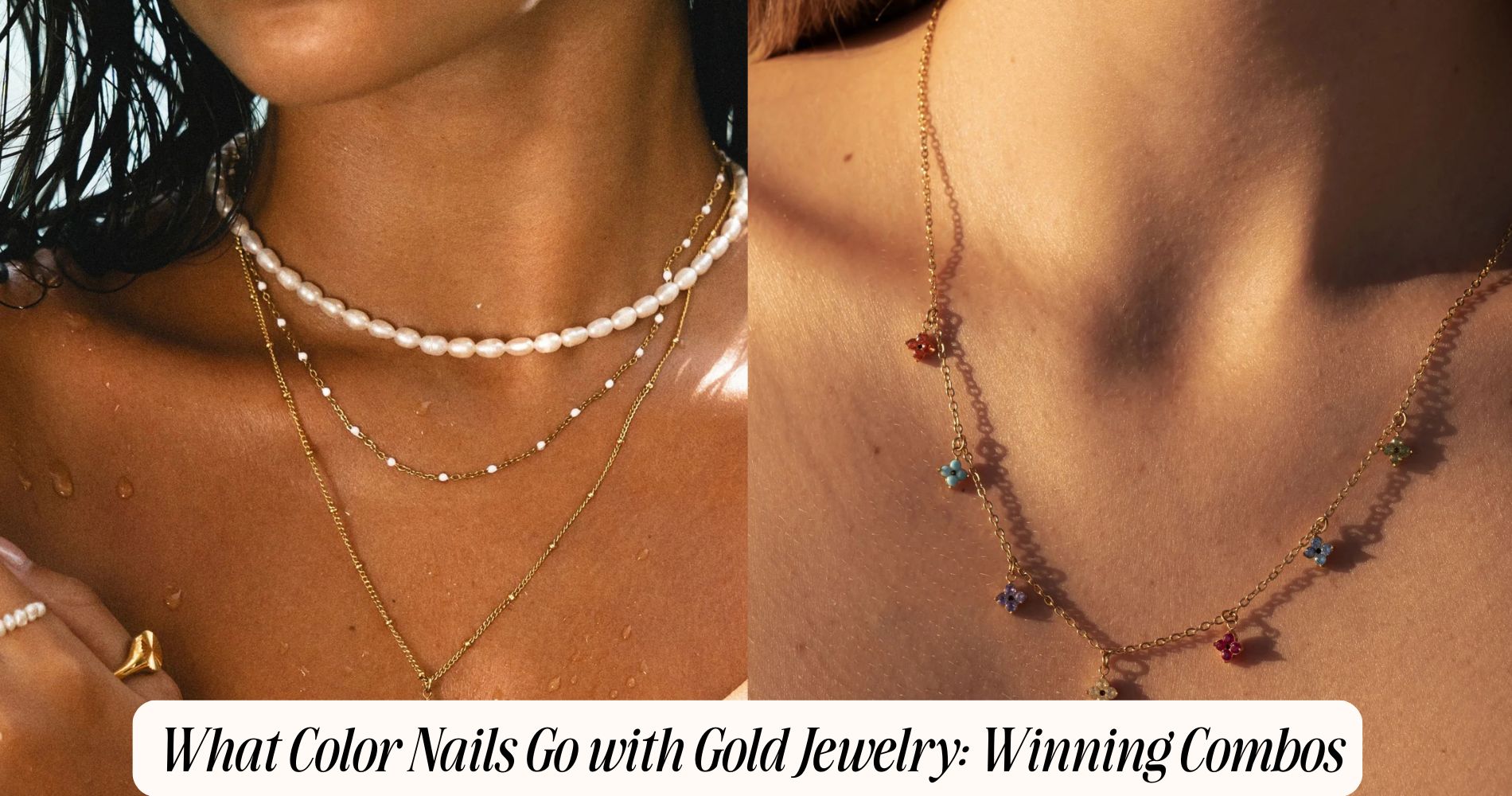




Leave a comment
This site is protected by hCaptcha and the hCaptcha Privacy Policy and Terms of Service apply.